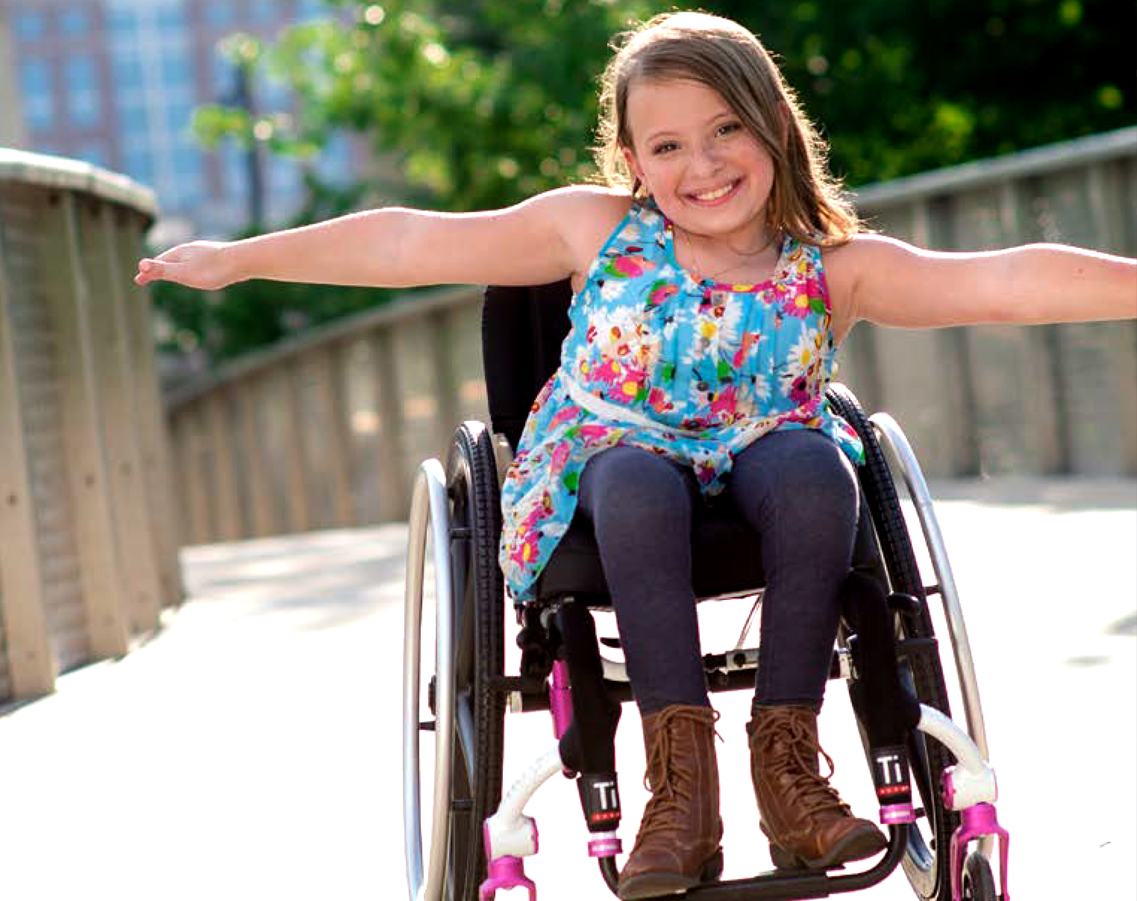A kids wheelchair (generally referred to as a paediatric wheelchair) is a mobility device designed…
Wheelchair Seat – Positioning, Support & Comfort

A wheelchair seat is the key component to a wheelchair, responsible for postural support, pressure management and comfort. The right wheelchair seat will work in tandem with the wheelchairs’ other components to provide the individual with greater stability and independence.
Components of a Wheelchair Seat – Base & Cushion.
Seat Base – As the foundation of the wheelchair seat, the seat base supports the individual’s weight and provides the platform for the cushion. A wheelchair seat base can be varied from a fabric sling (most common in a lightweight folding wheelchair) to a solid insert that offers more support and pressure distribution.
Seat Cushion – A correctly prescribed wheelchair cushion will provide comfort and support, improve posture and help prevent pressure injuries by distributing weight and reducing the effect of gravity and shear on vulnerable pressure areas.
Wheelchair seat cushions are available in different material types.
- Foam Cushion. Typically, the lightest and least expensive of the available wheelchair cushions. Foam cushions are available in two main styles. Available with only one type of foam. Or composite cushions with up to 6 different types of foam designed to optimise support and pressure care.
- Gel Cushion. Excelling in pressure redistribution, heat transfer and comfort. Gel cushions adapt to an individual’s body contours and are rated medium to high for pressure care.
- Air Cushions. Utilising air-filled cells that optimise pressure distribution, air cushions are the ultimate wheelchair cushion for pressure care. Correct air pressure maintenance in inflatable models is critical as over or under inflation results in greatly reduced pressure care. Pre inflated cushions now offer a great alternative in this category, offering a consistent pressure interface. An air cushion should only be prescribed when high to extreme levels of pressure care are required, due to their lesser positioning capabilities.
- Hybrid Cushions. Combining multiple materials such as foam, gel and air. Hybrid cushions offer solutions that provide stability, support, comfort and pressure relief. Hybrid cushions can be tailored for complex support for an individual’s requirements.
Components of a Wheelchair Seat – Support.
Back Support – Providing support for the individual’s back, the correct back support will help maintain a proper posture and spinal alignment that will reduce the strain on the individual’s shoulders and upper and lower back.
Depending on the type of wheelchair, the back support can be a simple sling to a highly supportive rigid backrest. The more complex the wheelchair, the more available options there are for a backrest to be adjustable for height, angle and contouring to provide optimal postural support.
Footrest & Legrest – Helping to maintain proper positioning and reduce strain, leg and footrest support the individual’s lower limbs. When correctly positioned, a footrest ensures feet are supported at an optimal height and angle. Correct knee height and angle helps maintain an optimal pelvic angle and balanced spinal alignment. Helping contribute to correct posture, minmises seating pressure at the rear of the cushion and reduces pressure on the hips and lower back.
Leg and footrests on a wheelchair can be fixed or swing-away and/or elevating. They may also be adjustable for length and angle depending on the type of wheelchair.
Armrest – Providing comfort and support for the individual’s arms, adjustable in height, width and angle. Correctly prescribed armrest and padding are vital in upper trunk support.
Peripheral Supports – Wheelchair seating systems will often also feature components such as hip belts and harnesses for stability and safety. Thoracic and hip lateral supports are also commonly used to meet the specific needs of the individual.
Summary
As the critical component of the wheelchair, the seat provides comfort, stability, and the promotion of proper posture. The correct hierarchy in wheelchair prescription is identification of the individual’s needs, specification of seating and then selection of a wheelchair base. Approaching the supply of a mobility solution in any different order will likely result in fundamental and functional issues.



